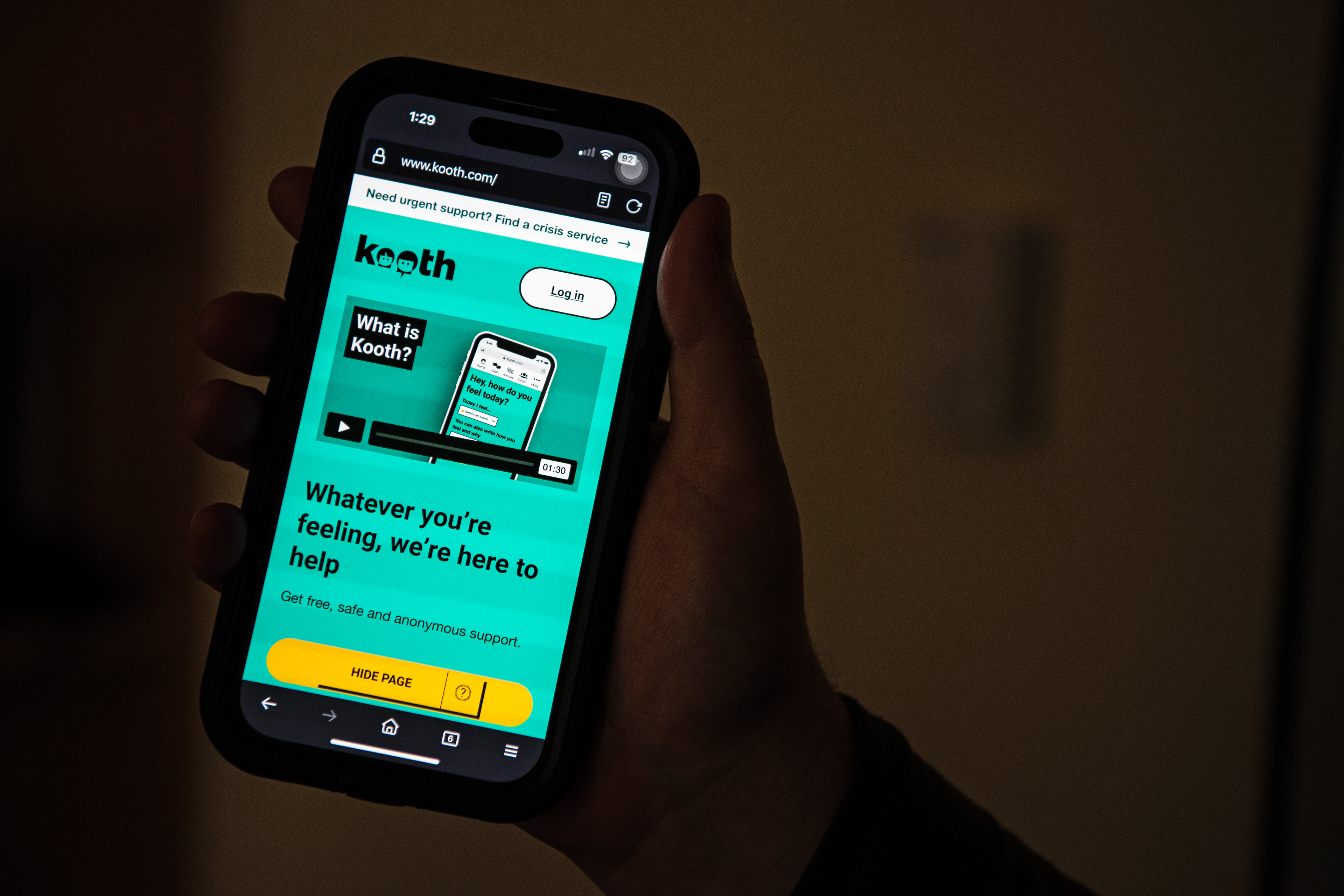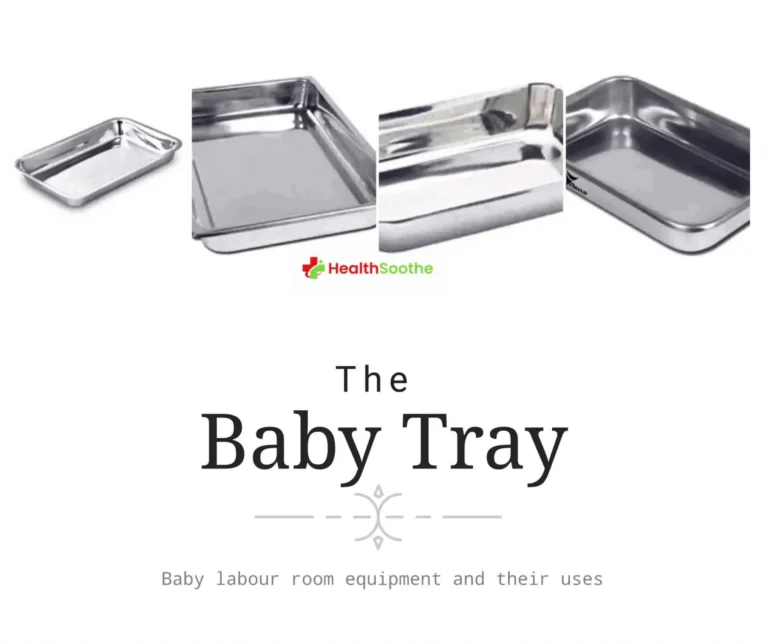If you’ve been diagnosed with chronic obstructive pulmonary disease, or COPD, you probably have shortness of breath during physical exertion. Regular exercise may seem intimidating, but it’s actually a powerful medicine to improve how you feel when you’re active.
COPD is a progressive lung condition occurring in several forms, in which structural changes obstruct airflow, making it harder to breathe. It’s often caused by long-term exposure to tobacco smoke, chemical pollutants, and mineral, wood, or metal dusts that irritate the lungs; examples include emphysema and chronic bronchitis. Around 16 million people in the U.S. have COPD, and anxiety about gasping for air leads many to avoid physical activity altogether. But inactivity can drive a downward cycle that worsens breathlessness and the overall condition.
With exercise, “people can do more with less shortness of breath,” says Dr. Carolyn Rochester, professor of medicine and director of Yale University’s COPD Program. “It improves participation in daily activities and quality of life.”
But not just any approach to exercise will do. It’s important to get started under the supervision of medical professionals. A specific program involving exercise, called pulmonary rehabilitation, is proven to help people with COPD. “I can’t recall a patient who didn’t think pulmonary rehabilitation benefited them a great deal,” says Dr. David Mannino, co-founder and chief medical officer of the COPD Foundation. “Typically, they wish they’d done it years ago.”
Research shows that pulmonary rehab is highly effective, with large improvements in endurance and quality of life compared to people’s conditions before the program. Rehab also increases survival rates with fewer hospitalizations. You can locate programs through an online directory.
Why exercise matters
Exercise offers multiple benefits that improve the ability to engage in everyday activities, such as bathing, dressing, walking to the mailbox, grocery shopping, and playing with grandkids. While a COPD patient’s exercise won’t improve the inner workings of their lungs, it does make breathing and daily activities easier by increasing cardio fitness and strengthening muscles throughout the body, particularly the legs and arms, Rochester says.
“Especially with aerobic exercise, you get changes in certain cells of the muscles to become more efficient at using oxygen,” says Kerry Stewart, a Johns Hopkins University exercise physiologist who has worked with many COPD patients. Phyliss DiLorenzo, a 66-year-old from Jersey City, N.J., was diagnosed with severe COPD in 2013. The disease interfered with her ability to walk to meetings as a mental health counselor in Manhattan. But an exercise regimen improved her endurance, letting her resume those walks. “I can keep up the pace, knowing I won’t get short of breath,” she says. “I can get up that hill.”
Jean Rommes, an 80-year-old Iowan, has one-third of the average person’s lung capacity for her age, but “you can do a lot with that,” she says. “Your body just has to be as efficient as possible. And that’s what exercise really does.”
Tailoring your exercise program to your body
It’s important to speak with a doctor about personalizing exercise for your specific form of COPD. The disease affects people at different fitness levels, and patients with COPD may have additional illnesses like heart disease, osteoporosis, and anemia that should be considered when crafting an exercise plan.
If you have moderate to severe COPD, your doctor may refer you to an accredited pulmonary rehab program. Lasting four to 12 weeks, these programs help you manage COPD through exercise, under the guidance of a team of experts. Rehab is covered by Medicare, most Medicaid plans, and many private policies. Yet, studies show that less than 5% of people with COPD who’d benefit from rehab actually receive it—mainly because they never learn about it or have limited access.
“We’re extremely underutilized,” says Debbie Koehl, manager of pulmonary rehab at Indiana University Health Methodist Hospital. DiLorenzo, the New Jerseyan, didn’t hear about pulmonary rehab until four years after her COPD diagnosis. Before rehab, physical activity was often too demanding. “I was depressed and isolated,” she says.
Read More: Why You Should Change Your Exercise Routine—and How to Do It
When rehab starts, specialists will determine your fitness level. For instance, they’ll check your resting heart rate and how far you can walk in six minutes. Initially, rehab seemed like “baby exercises,” DiLorenzo says. With each session, though, “it became more difficult.” The expert team—respiratory therapists, physical therapists, exercise physiologists, occupational nurses, and physicians—monitors your improvement and adjusts your fitness plan based on your progress.
“We don’t push you too hard at the beginning,” says Kimberly Wiles, a respiratory therapist with the Allegheny Health Network in Pennsylvania. The goal is incremental improvements. If a patient can only walk for six minutes at 1 mile per hour on a treadmill, she’ll edge them up to seven minutes the next time.
Grace Anne Dorney-Koppel, from Maryland, was diagnosed in 2001 with just 26% lung function and given three to five years to live. During her first rehab workouts, “I was exhausted after 15 minutes,” she says. “But I threw myself into the program.” By the time it ended, she could walk the treadmill for 40 minutes—going 3.5 miles per hour at an incline.
If you have supplemental oxygen, ask your doctor if it should be turned up during exercise. “If you need oxygen at rest, it’s almost certainly needed with exercise,” typically at higher flows, Mannino says.
The best exercises
Try to get cardio exercise at least three days per week, and strength training every other day. For the greatest benefits, aim for moderate activity most days or every day if you can.
“Aerobic training fosters endurance,” Rochester says. This could mean walking on a treadmill or through the neighborhood. Riding a stationary bike occasionally is good for working other muscle groups. “You don’t want to train only one set of muscles,” Koehl explains. It’s beneficial to sustain activity throughout a workout, or you could try intervals, alternating exertion with periods of rest.
DiLorenzo does cardio, either on a treadmill or a stationary bike, three to five days per week. Rommes, the Iowan, prefers a NuStep, or a seated elliptical machine. Before starting with exercise, Rommes couldn’t walk from the parking lot to a nearby soccer field to watch her grandkids play. “It became easier and easier,” she says, until she could get there without any trouble.
Strength training is essential. “With more strength, any work being done becomes easier,” Stewart says. You can exercise muscles with fitness bands or weights. This helps many patients with COPD who become breathless when lifting their arms above their heads, Mannino explains.
Read More: How to Start Strength Training if You’ve Never Done It Before
Rommes benefits from strength training. “It’s nice when I’m on an airplane and can put my own bag in the overhead,” she says. Dorney-Koppel was initially challenged to lift her forearms without any resistance, but she progressed to biceps curls with weights.
Balance exercises are another priority. “People with COPD often have balance problems as the disease progresses,” Dorney-Koppel says. In 2014, she founded the Dorney-Koppel Foundation to provide pulmonary rehab in places without access. Workouts that improve balance include single-leg stands, chair yoga, and tai chi.
The COPD Foundation website offers further exercise guidance for those who can’t access in-person rehabilitation. Exercise classes for people with COPD are available online, but they often require payment and range widely in effectiveness, Rochester says.
Make it safe
Before starting a new fitness program, seek expert advice to ensure proper form because “you don’t want to make things worse by causing an injury,” Mannino says.
The most common setback patients experience from exercise doesn’t involve the lungs, but rather muscle strains or tears, Mannino says. These injuries can interfere with exercise for weeks. During such inactivity, the lungs get worse. To avoid this predicament, warm up for five to 10 minutes before workouts.
If you have other illnesses besides COPD, consult with your healthcare provider to learn if you should limit or avoid any specific exercises, Rochester says. Patients with COPD should also be especially careful to avoid exercising outdoors when air quality warnings have been issued, due to their lung sensitivities.
Push yourself during exercise, but not too hard. COPD experts ask patients to refer to a 10-point scale of effort, fatigue and breathlessness, with 0 meaning the person is at rest. It’s good to exercise mostly at a moderate intensity, about 3 or 4. “We want people to get to 9 or 10 for a short period and then back off,” Mannino says. With excessive exertion, researchers find fewer benefits for COPD patients, and there’s greater risk of falls and related injuries.
Warning signs of too much intensity include extreme shortness of breath, dizziness, chest pain, palpitations, and joint or muscle pain, Rochester says. “We tell people to listen to their bodies,” Mannino says.
Such self-knowledge requires experience. Stewart notes that patients with COPD often underestimate their ability to exercise. “That’s the most common category of people coming into a program,” he explains. Over time, confidence increases as “they prove to themselves that they’re doing okay,” he says. Other patients are overconfident, which could lead to injuries. In a supervised program, each patient learns the right approach for them, Stewart says.
Breathing and nutrition for exercise
Certain breathing strategies help people with COPD enjoy physical activity. These strategies, primarily pursed-lip breathing and diaphragmatic breathing, move air through their lungs more efficiently. “They really help to minimize the shortness of breath during exertion,” Rochester says.
Pursed-lip breathing is especially effective, according to Rochester. Because it takes longer for patients with COPD to exhale for any given breath, compared to people without COPD, their lungs often don’t fully deflate. This is called air trapping, and the leftover air makes it hard to take a full breath. A slower, deeper breathing pattern reduces the amount of trapped air. It’s fostered when patients practice inhaling through the nose while exhaling slowly through pursed lips, as if whistling or playing the harmonica. In fact, the COPD Foundation runs a program called Harmonicas for Health to improve breathing by playing the instrument.
Through pursed-lip breathing, patients get better at pacing their breaths during exertion. Otherwise, the instinct is to inhale and hold the breath—for example, while climbing stairs. “You want to do the opposite,” Wiles says, breathing slowly in and blowing out through pursed-lips until reaching the top of the stairs. “When in doubt, exhale.”
Read More: The Most Exciting New Advances in Managing COPD
With another strategy, diaphragmatic breathing, patients concentrate on distending their abdomen while taking in air. This approach counters a tendency among patients to breathe shallowly, Dorney-Koppel says.
Box breathing may help as well. With this technique, people inhale, hold their breath, exhale, and hold breath again for equal intervals, such as three or four seconds, repeating the cycle for several minutes. “A variety of breathing exercises, mostly pursed-lip and diaphragmatic breathing, is very important,” DiLorenzo says. “Many of us have trouble exhaling enough. By working on that, we extend our ability to be active.”
For nutrition, avoid large meals and high-carb foods before working out, as they can make breathing harder. Diets high in carbs may increase air trapped in the lungs. Once consumed, carbs release gasses like carbon dioxide that cause this problem. “People without COPD have no problem with these gasses, but with COPD it’s more of an issue,” Mannino says. “I avoid carbs before exercise,” DiLorenzo says.
Achieve exercise goals
Speak with your doctor about setting realistic goals for exercise. Through exercise, some patients improve so much that they no longer require supplemental oxygen but, “I never guarantee that,” Koehl says. As people improve and set their sights on more activity, sometimes it’s actually helpful to increase supplemental oxygen to support this activity, Koehl notes.
Other patients seek improvement on important metrics like walking distances. “There’s nothing better than watching a patient go from walking 200 feet to 1,000 feet,” Koehl says.
The ultimate goal for COPD patients is to cultivate a lifelong exercise habit that allows them to live their fullest. “By finding exercise, I managed to have the life I had before my diagnosis,” DiLorenzo says. Dorney-Koppel has exercised regularly for 23 years, far surpassing her three- to five-year prognosis. “I’ve been able to travel to give presentations for work,” she says. “It’s a triumph. I have survived.”





![Healthy Peanut Butter and Jelly Protein Donuts [gluten-free + no added sugar]](https://i0.wp.com/healthyhelperkaila.com/wp-content/uploads/2024/11/a-photo-of-a-batch-of-healthy-homemade-peanut-butt-FMRE8F5XTc-BP3l3q4rr2A-UNo_xuwAQTOkOWcC5tp1Ag-copy.png?fit=859%2C858&ssl=1)










 English (US) ·
English (US) ·